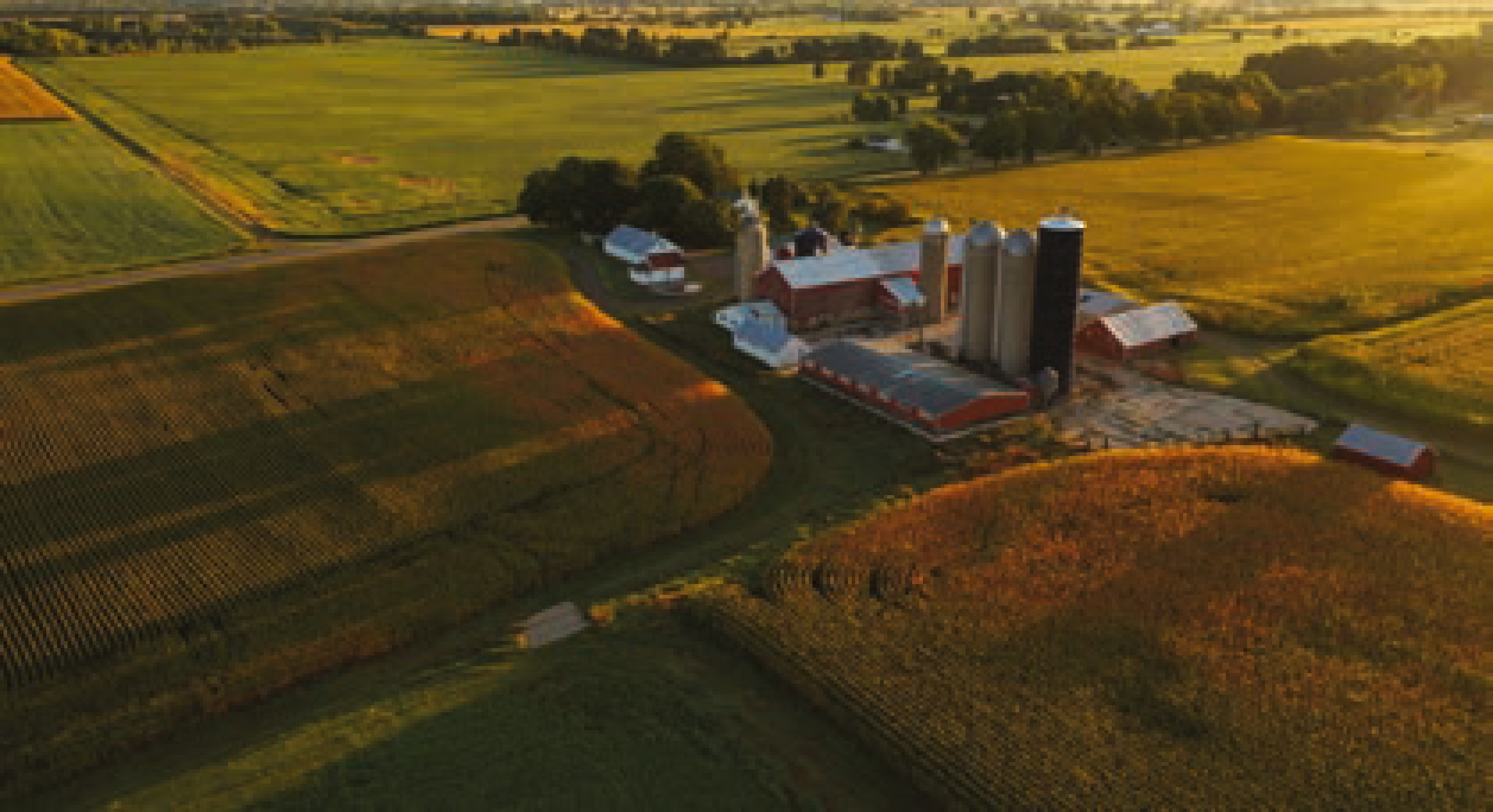What Makes Minnesota Such a Great State for Agriculture?
Our state has terrain and many soil types that are good for farming, as well as the right amount of rainfall during our growing season in a typical year. All of this makes our state the top producer in many crops and livestock!
Minnesota Farming
Fun Facts
Minnesota has over 67,400 farms!
The average Minnesota farm is 377 acres.
There are 35,623 female farmers in Minnesota.
Find it on the map!
Let’s see if we can find the 5 Fs of agriculture in Minnesota! Find each county listed in the chart below on the map and drag and drop the correct agriculture industry symbol on top of it. Some symbols may be used more than once.
| County | Product | County | Product |
|---|---|---|---|
| Anoka | Landscape | Lincoln | Sheep/Wool |
| Brown | Green Peas | Marshall | Wheat |
| Dakota | Vegetables & Melons | Martin | Hogs |
| Hennepin | Cut Flowers | Morrison | Beef Cattle |
| Jackson | Corn | Redwood | Soybeans |
| Koochiching | Paper | St. Louis | Wood Products |
Symbol Key
-
Place a triangle for forest products.
-
Place a square for fuel crops.
-
Place a circle for food products.
-
Place a star for flowers.
-
Place a squiggly line for fiber.
Minnesota has 4 Growing Areas
Northwest – Fertile prairie soils
The Northwest has less moisture than other areas but is very flat making it easy for large machinery to operate. Food crops like, wheat, oats, barley, sunflowers and potatoes are grown here.
Northeast – Rough terrain with shallow, less-fertile soils
The more northern location has a colder and shorter frost-free season. High snowfalls in the winter add moisture to the ground. This area is a big producer of forest and wood products.
Southwest – Fertile soils with good moisture
The more southern location means a longer growing season. The southwest area is a big producer of fuel crops like corn and soybeans. Livestock, which are animals used for food—including cattle and hogs, also do well here.
Southeast – Hilly with moisture
Soils vary in the southeast and include soils that are rich, shallow, poorly drained and sandy. Feed for animals, including alfalfa and pastureland, as well as food for humans, including milk from dairy cattle and turkeys, are big agricultural products here.



